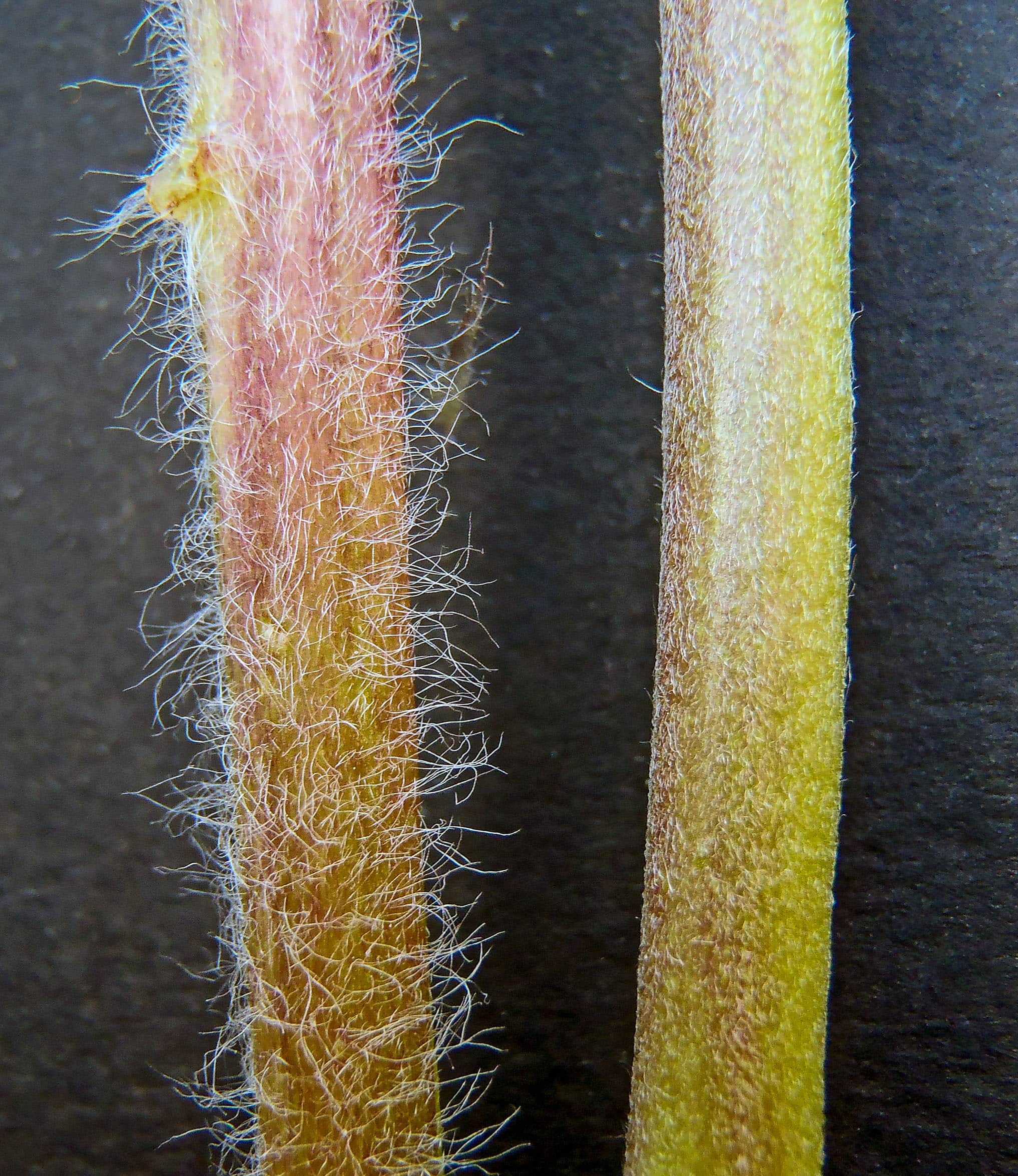What kind of plant is garden lupin?
Garden lupin is widely spread and established in Norway, Sweden and Finland.
Garden lupin, or large-leaved lupine, is a perennial herb. As a leguminous plant (Fabaceae), it has symbiotic bacteria within root nodules and thus the ability of nitrogen-fixing from atmosphere, which enables it to grow in very low-nutrient land. This supplants our already endangered meadow flora. The garden lupin is widely spread in Finland, Sweden, and Norway in roadsides, courtyards and wastelands. The fear is that it will continue it’s spreading to meadows and groves.
Garden lupin grows about 1 to 1,5 metres tall. It’s long racemose inflorescence is easy to identify. Usually, lupin blooms in June – July, but flowering may continue up to September. The flowers are blue, violet, pink or white – the color can vary even in the same individual!
Remove the flowers or cut regularly!
The garden lupin spreads with seeds but it’s also capable to spread with it’s intensely branched root system. In gardens, flowers should be cut off immediately after flowering before the seeds mature. Brown and sparsely hairy pods are ripe in the autumn and release seeds explosively. Usually, the seeds spread within three meters of the mother plant, but with the help of wind, traffic, animals, or a stream they can be distributed far away.
Regular cutting, 2 to 4 times during the growing season in the ground level, will inevitably undermine a plant’s vitality. If only a few lupins are present, they should be dug up individually, including the deep roots. Control measures needs to be extended for several years, because new shoots can sprout for years to come.
How to tell garden lupin from Nootka lupin?
Garden lupine resembles a lot the Nootka lupin (Lupinus nootkatensis), but they can be distinguished by the leaves. Garden lupin has cone-shaped leaves with 9–15 leaflets, while Nootka lupine’s leaves are blunt with 6–8 leaflets and hairy below. Also, the stem of a garden lupin is usually branchless while Nootka lupine’s stem is branchy. Both species are however invasive species and identifying the species are not essential for doing control measures.




